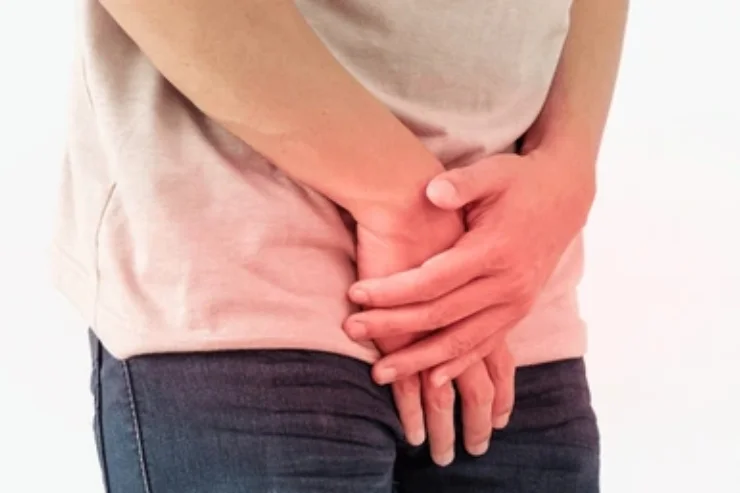Bladder Pain Syndrome

Bladder Pain Syndrome Treatment in Hanamkonda
Bladder Pain Syndrome (BPS), also known as Interstitial Cystitis (IC), is a chronic condition characterized by recurrent pelvic pain, pressure, or discomfort in the bladder area. It is often accompanied by urinary symptoms such as frequent urination and an urgent need to urinate.
Symptoms of Bladder Pain Syndrome
Individuals with BPS may experience a variety of symptoms, including:
- Pelvic Pain: Pain or discomfort in the bladder area, which may be relieved by emptying the bladder.
- Urgency: A strong, immediate urge to urinate, even if the bladder is not full.
- Frequent Urination: The need to urinate more than normal, often more than eight times a day and often at night (nocturia).
- Discomfort: Discomfort or pain during sexual intercourse.
- Symptoms Fluctuation: Symptoms may vary in intensity and frequency, with periods of exacerbation and remission.
Causes of Bladder Pain Syndrome
The exact cause of BPS is not well understood, but several factors may contribute to its development, including:
- Bladder Lining Damage: Damage or inflammation of the bladder’s protective lining may allow irritating substances in the urine to cause pain.
- Nerve Dysfunction: Abnormalities in the nerves that control bladder function may lead to pain and discomfort.
- Autoimmune Response: Some researchers believe BPS may be related to an autoimmune reaction where the body attacks its bladder tissue.
- Infections or Other Conditions: Chronic urinary tract infections or pelvic inflammatory disease might trigger or exacerbate symptoms.
Diagnosis of Bladder Pain Syndrome
Diagnosing BPS typically involves:
- Medical History and Symptoms Review: A thorough assessment of medical history and symptoms.
- Physical Examination: A physical examination may be performed to check for related conditions.
- Urinalysis and Culture: Tests to rule out urinary tract infections or other underlying conditions.
- Cystoscopy: A procedure where a thin tube with a camera is inserted into the bladder to look for inflammation or other issues.
- Bladder Diary: Keeping a record of urinary patterns, frequency, and symptoms over time can assist in diagnosis.
Treatment Options for Bladder Pain Syndrome
While there is no cure for BPS, various treatment options can help manage symptoms:
- Medications: Oral medications, such as antidepressants or antihistamines, may help relieve symptoms. Bladder instillations can deliver medication directly to the bladder.
- Physical Therapy: Pelvic floor physical therapy may help relieve pelvic pain and improve bladder function.
- Lifestyle Modifications: Dietary changes to avoid irritants (e.g., caffeine, alcohol, spicy foods) and bladder training techniques.
- Stress Management: Stress reduction techniques, such as mindfulness or CBT, can help manage symptoms.
- Surgery: In severe cases that do not respond to other treatments, surgical options may be considered, including bladder augmentation or cystectomy.
When to Seek Medical Attention
If you experience persistent pelvic pain or urinary symptoms that affect your daily life, it is important to consult a healthcare provider for evaluation and appropriate management.
Conclusion: Navigating Chronic Symptoms
Bladder Pain Syndrome can significantly impact quality of life, but with proper diagnosis and a comprehensive treatment plan, many individuals can find relief. Ongoing communication with healthcare providers is essential to effectively manage this chronic condition.
